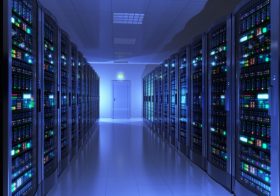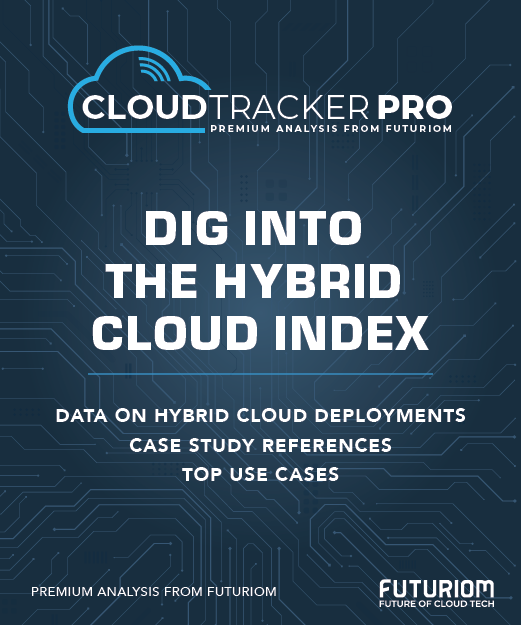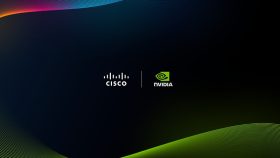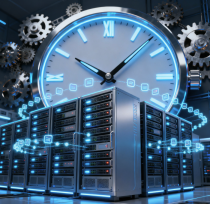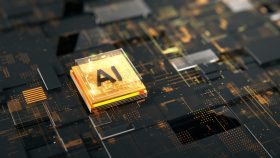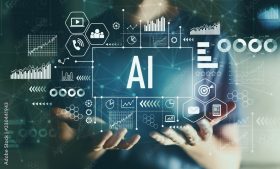AI, GPU Clouds, and Neoclouds in the Age of Inference

The AI boom has generated big dreams in the tech and finance worlds, and that's most blatantly on display when it comes to clouds and datacenters. What we have on our hands is a worldwide arms race to build out AI clouds of all stripes, an endeavor which requires lots of resources—land, water, power—and of course money.
This is the domain of GPU clouds as well as neoclouds, which are GPU-laden clouds dedicated to AI training and inference. They’re not the only clouds deploying GPUs, but they've grabbed the spotlight due to their audacious scale. The splashiest neocloud projects are campuses costing billions and designed to consume gigawatts of power.
The surge has also propelled neocloud-related Initial Public Offerings (IPOs) by CoreWeave and WhiteFiber, providing public capital to pick up the pace of buildouts. CoreWeave projects it will spend $20 billion to $23 billion in capex this year, up roughly three times what it spent last year.
Then there are the hyperscale public clouds, which have joined the race to build AI factories. Hyperscalers (ex-neoclouds) expect to spend 55% more capex than in 2024. Despite the projections, we are expecting these levels to slow.
This report presents a snapshot of how AI clouds, GPU clouds, and neoclouds fit together, examining the sector's history and the direction of recent deals and financing. We also look at the GPU efforts of the public clouds, including hyperscalers. Finally, we consider the infrastructure ecosystem targeting AI datacenters, where storage and networking take on heightened importance.
What's in a Neocloud?
Where did all these AI clouds come from? New types of clouds and datacenters have emerged for AI. Neoclouds sprang into the AI conversation to fulfill additional GPU capacity from both other cloud providers as well as enterprise customers. Some neoclouds have evolved from other businesses, such as cryptomining operations or edge compute services. The business models continue to evolve. Let’s
review how this all happened.
Most neoclouds started by offering GPU capacity to cryptocurrency miners. As that market cooled, some of them, notably CoreWeave, began repurposing those GPUs toward AI processing. Then OpenAI launched ChatGPT in November 2022, launching the current AI craze and providing a ready market for those GPUs. A subsequent run on NVIDIA chips led to shortages, prompting even more cryptomining operations to pivot to AI.
You might ask: What about the cloud giants? The largest public clouds want a say in the future of AI, too. They are the producers of some of the largest frontier models—Microsoft Copilot, Amazon Bedrock, and Google Vertex AI are leading AI services from the hyperscaler clouds,
according to our own Cloud Tracker Pro research—and they also offer many AI services for both consumers and enterprises. The major cloud providers are also building their own AI-specific datacenters.
Alternative public clouds, such as Cloudflare and Vultr, are in the mix as well. Some of them are sensitive about being lumped in with neoclouds, as they existed pre-ChatGPT, offering cloud services well beyond AI. Their original charter was to be more economical and less complex alternatives to hyperscale public clouds, and this strategy applies to their GPU clusters as well.
Key Findings of the Report
This report carries a wide range of information on AI and GPU clouds—the who, what, why, where, and when. There's also how much. We break down the trillion-dollar spending in cloud investment and how it's playing out.
You need to download to full report to get all the findings, but here are some of the key findings:
- AI datacenter spending is enormous and shows no signs of slowing. It’s likely that more than $1 trillion has been committed to AI datacenter buildouts.
- Neoclouds—clouds purpose-built for AI—are grabbing headlines in the datacenter industry. Most prominent in this group is CoreWeave, which went public in 2025 and now has a market cap exceeding $60 billion.
- NVIDIA is providing fuel by funding neoclouds, which are also NVIDIA customers. It’s legal, and it’s in NVIDIA’s best interest, but the circular nature of the NVIDIA AI economy is raising uncomfortable bubble questions.
- Alternative clouds have a promising niche in enterprise AI. These clouds, which tout lower prices than the likes of AWS, provide both GPU clusters and enterprise cloud computing services. Vultr in particular is finding traction with this combination.
- The need for power is driving AI cloud expansion. The heated competition to build more AI capacity is primarily a race to lock down power guarantees.
- This new market is driving the evolution of a new infrastructure stack with needs in networking, storage, and security. Each layer of the infrastructure has new demands to support the scale and complexity of hosting AI clouds.
Special thanks to our report sponsors: Arista Networks, DriveNets, Eclypsium, and Vultr
Total length: 28 pages
Companies mentioned in this report: Accton, AMD, Arista, AWS, Cerebras, Cisco, CoreWeave, Crusoe, DDN, Dell, DigitalOcean, DriveNets, Eclypsium, Fluidstack, Fortanix, Google, Groq, Hedgehog, HPE, Juniper, Lambda Labs, Nebius, Nscale, NVIDIA, OpenAI, Runpod, Shakti Cloud, Supermicro, TensorWave, Together AI, VAST Data, Voltage Park, Vultr, WEKA, and WhiteFiber.
Cost: Absolutely free


